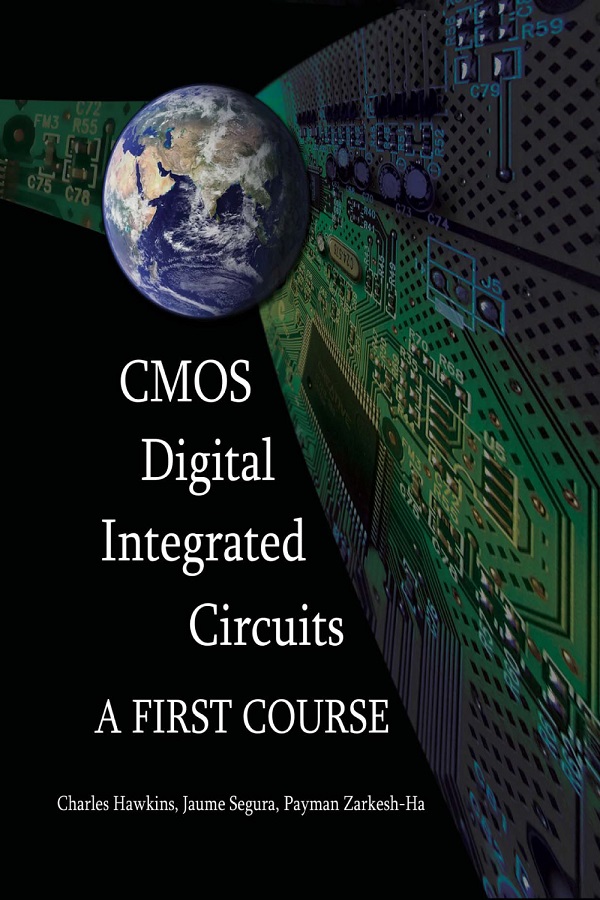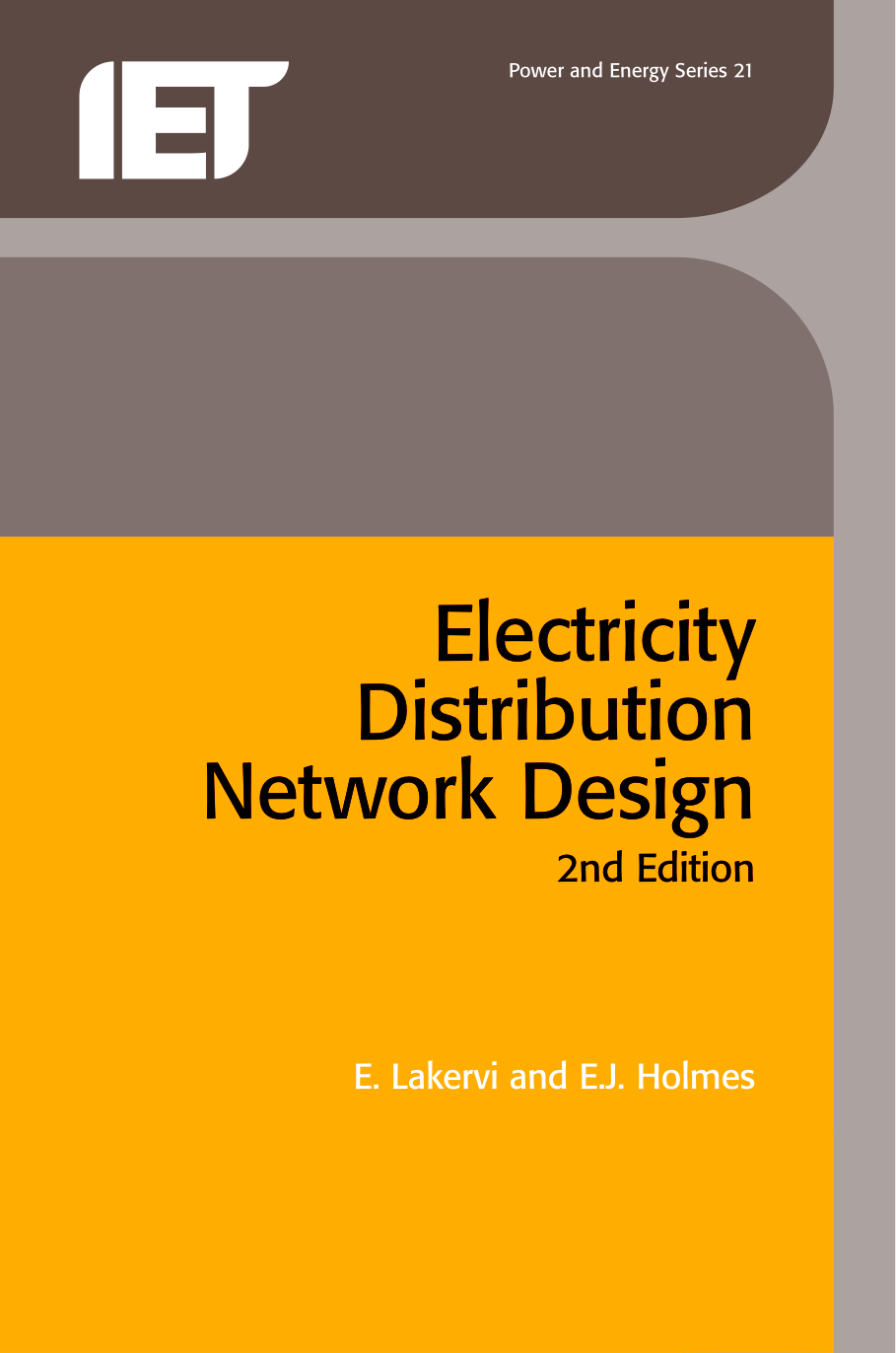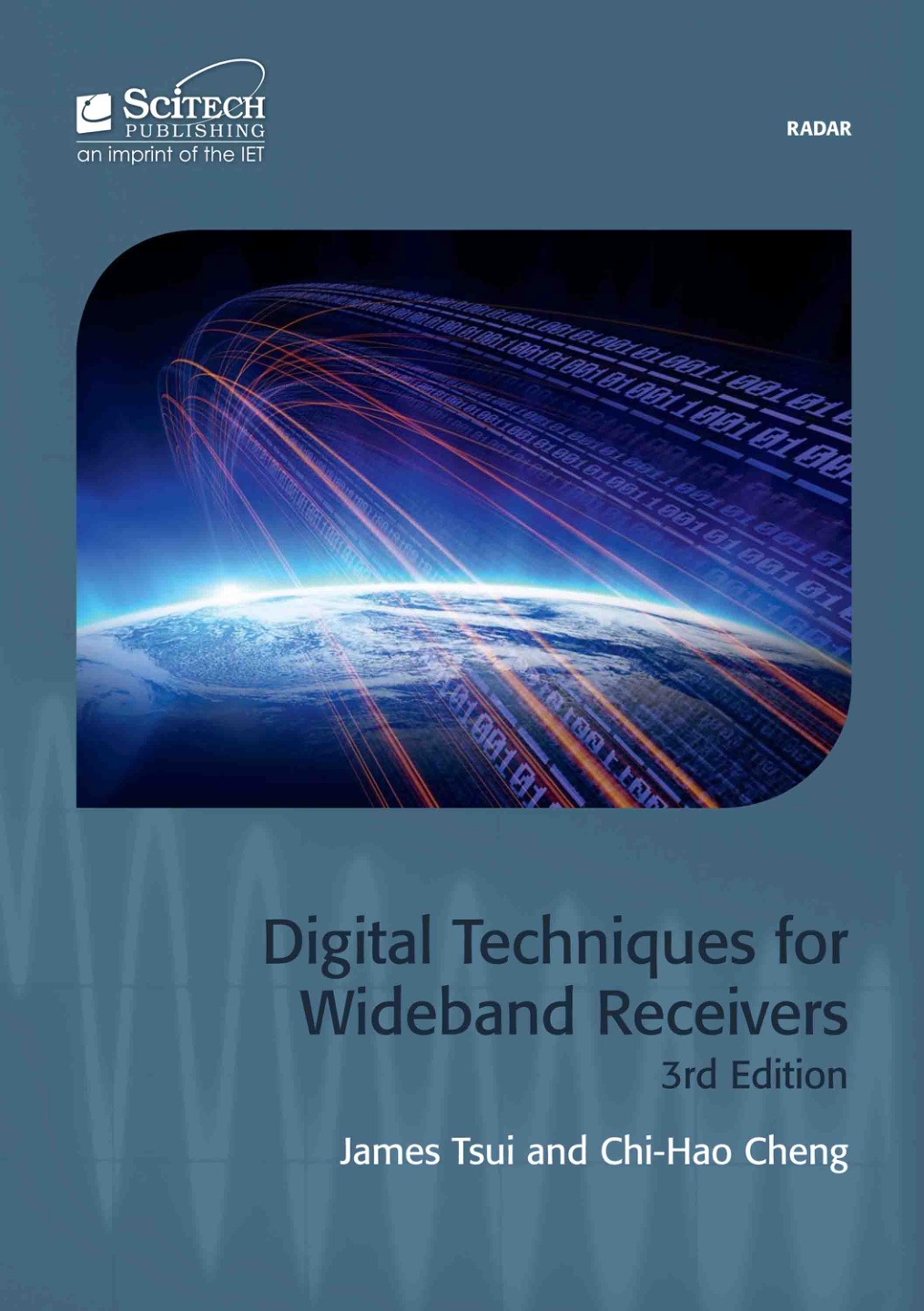CLCTN
LanguageENG
PublishYear1994
publishCompany
The Institution of Engineering and Technology
EISBN
9781849194594
PISBN
9780852968048
edition
3
- Product Details
- Contents
- More About the Author
There has been unprecedented development in data communications and services since the first edition of this book was published in 1986. In less than a decade the technology has advanced beyond all recognition and the first edition is now really no more than an interesting historical record. The second edition, published in 1989, reflected some of these developments and introduced the then emerging proposals for an integrated services digital network (ISDN). Since that date ISDN has become a fact and has already begun to be superseded by proposals and standards for a broadband ISDN (B-ISDN), offering greatly enhanced and flexible data rates over a public network based mainly on optical fibre transmission. Optical fibre technology is also being used in wide-area private digital networks and for high-capacity internetworking operations. This third edition has new chapters on broadband ISDN, wide-area internetworking and second generation (broadband) LANs and MANs. The chapters from the second edition on data services over cellular and broadcast radio have been retained and updated. The chapter on standards and interfaces has needed to be completely revised. The final chapter gives a network user's view of the likely scenario for the development of image networks in the foreseeable future. On the back cover of the second edition I commented that what four years ago appeared as simply speculation was now a reality. The same is true for this third edition. If there should be a fourth edition in another four years time, we should not be surprised to find that duplex visual image communication, as opposed to broadcast TV, has become an accepted part of our way of life.
Dr Ron Brewster studied electrical engineering part-time at South East Essex Technical College whilst working as an apprentice with Kelvin Hughes Division of Smith Industries. After completing his National Service as a telecommunications instructor with REME in 1955, he joined Standard Telecommunications Laboratories where he worked for several years on the development of microwave strip-line techniques. He returned to Kelvin Hughes for a period to work with the marine radar development team but subsequently rejoined STL to carry out research into equalisation techniques for data modems. He obtained his M.Sc. degree at Aston University in 1967 and his doctorate at the same university in 1972. He joined the staff of the university in March 1971. He is now Senior Lecturer in Telecommunications and continues his research in the field of data communications and networks.
Collected by
- Princeton University
- University of Cambridge
- University of Melbourne Library
- Columbia University Library
- Stanford University











